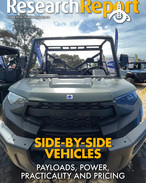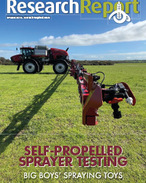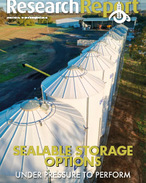This article is 5 years old. Images might not display.
With summer starting next week, Agriculture Victoria said some of the key challenges faced by primary producers when it comes to fire include damaged fencing and infrastructure, feed stores, burnt pastures and potential stock losses.
Agriculture Victoria warned that now is the time for livestock owners to get prepared and have a clear strategy to apply in the possibility of a fire emergency on their farm.
A key factor in minimising the threat to livestock during a bushfire or on extreme fire danger days, is to identify safer areas on-farm where livestock can be moved to.
The area chosen will depend on the type of livestock and their expected behaviour during a bushfire.
To reduce potential injury and death to livestock, Agriculture Victoria said to consider relocating stock to designated low risk areas during days of high fire danger and Total Fire Bans.
Low risk areas include:
- ploughed paddocks, areas cultivated and kept free of combustible vegetation
- bared-out paddocks, provided they are well defended by fire breaks
- irrigated paddocks or paddocks containing green summer crops (green feed does not burn easily)
- stockyards that can be wet in advance— however, the yards must be well defended as the fire front passes.
All low risk areas should have sufficient drinking water to enable stock to remain in the area for extended periods of high fire risk and high temperatures, be protected by firebreaks and be free of leaf, twigs and bark build-up.
Areas where there are dams and swamps are another possible option. Stockyards have also been known to successfully hold livestock during a bushfire, if protected by a firebreak.
If this is the preferred option, consider using a sprinkler system, similar to if stock were being held together on a hot day.
Horses should not be locked up in small areas or stables but moved to an open paddock with minimal vegetation, so they can move freely.
It's crucial not to open gates that may allow stock access to public roadways, as any animals will be a hazard to traffic.
Further assistance on preparing a farm and livestock bushfire plan can be found here:
https://bit.ly/2V99rjA























